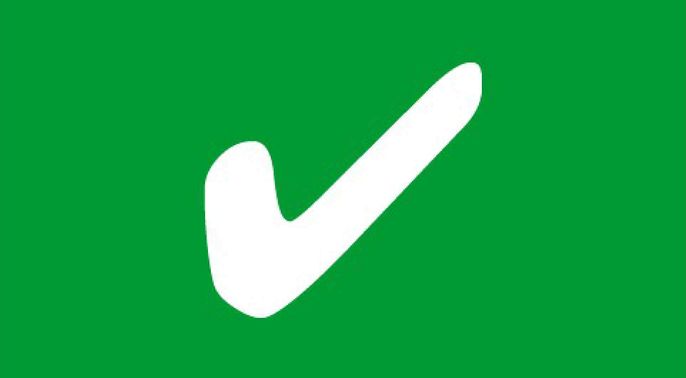What can be recycled?
All dry (and non-hazardous) everyday recyclables can be placed in the dry mixed recycling bin.
Across the College, a recycling bin will be paired with a general waste bin. At South Kensington, where higher volumes of waste are produced, additional recycling bins may be provided.
Where red and blue bins have been provided, please continue to segregate:
- glass into the red bin and
- paper and card into the blue bin.
These 2 waste streams are sent directly to an aggregate company and a paper mill thereby avoiding the need to waste energy by segragating these items at a Materials Recovery Facility.
What is included?

Yes
- Glass bottles
- Glass jars
- Hard plastics (not bags or films)
- Plastic bottles (lids removed)
- Rigid plastic containers
- Drinks cans
- Food tins
- Aluminium foil
- Aerosol cans (empty only, lids removed)
- Transparent plastic milk containers
- Margarine tubs
- Yoghurt pots
- Plastic type 1 (PET)
- Plastic type 2 (HDPE)
- Plastic type 3 (PVC)
- Plastic type 5 (PP)
- Paper
- Card/cardboard (flattened)
- Office paper
- Newspapers
- Magazines
- Junk mail and envelopes
- Phone directories (inc Yellow Pages)
- Catalogues
- Tetra Pak cartons (eg fruit juice & milk cartons)

No
- Broken glass
- Laboratory glass
- Window glass
- Cookware glass eg Pyrex
- Light bulbs
- Paper cups
- Vending machine cups
- All plastic films and bags
- Plastic cutlery
- Polystyrene
- Crisp packets
- Plastic type 4 (LDPE)
- Plastic type 6 (PS)
- Plastic type 7
- Other plastics
- Food contaminated items
- Waxed paper cups
- Tissues / serviettes
- Kitchen roll
- Hand towells
- Jiffy bags
Waste hierarchy
What happens to this waste stream?
0% reused
100% recycled
0% recovered
0% incinerated
0% landfilled
Dry mixed recycling waste stream
Dry mixed recycling represents 11% of our total waste.
Where do I put it?
- All dry recyclables are placed in the designated green-topped recycle bin.
- Where a red bin is provided, please segregate the glass separately.
- Where a blue bin is provided, please segregate the paper and card.
- Cans, tins and plastic bottles can then be placed in the green bin.
Who empties the bin?
- The cleaning team will empty the bins on a regular basis.
- Sacks are colour coded (green) and will generally be transported to a compounded area using a trolley.
- Sacks are tipped into a green Eurocart (usually located in a locked compound).
What happens then?
- Eurocarts are emptied and the Items collected are sent to a Materials Recovery Facility and sorted for recycling.
Plastics explained
To recycle plastics successfully just decide whether the plastic is hard or soft:
- Hard plastics (bottles, tubs, trays) should be placed in the recycling bin.
- Soft plastics (bags and films) should be placed in the general waste bin.
- Plastics are categorised into 6 main groups (although there are many more). The category is often shown on the item and indicated by a number in a triangle. Plastics type 1, 2, 3 & 5 can be recycled; these plastics are mostly used for bottles. Other plastic items, such as bags or films and polystyrene, cannot be recycled in our present system.
How green is this waste stream?
- Everything is put to good use.
- By recycling we reduce our need for raw materials, reduce our reliance on fossil fuels and reduce our carbon footprint.
- You are helping to protect and improve the environment.
What else can I do?
- Please ensure that food or drink containers are empty and rinsed to reduce contamination.
- You can also improve the quality of the recycling by ensuring bottle tops are removed; these are made from a different type of plastic from the bottle and are difficult to remove during the sorting process.
